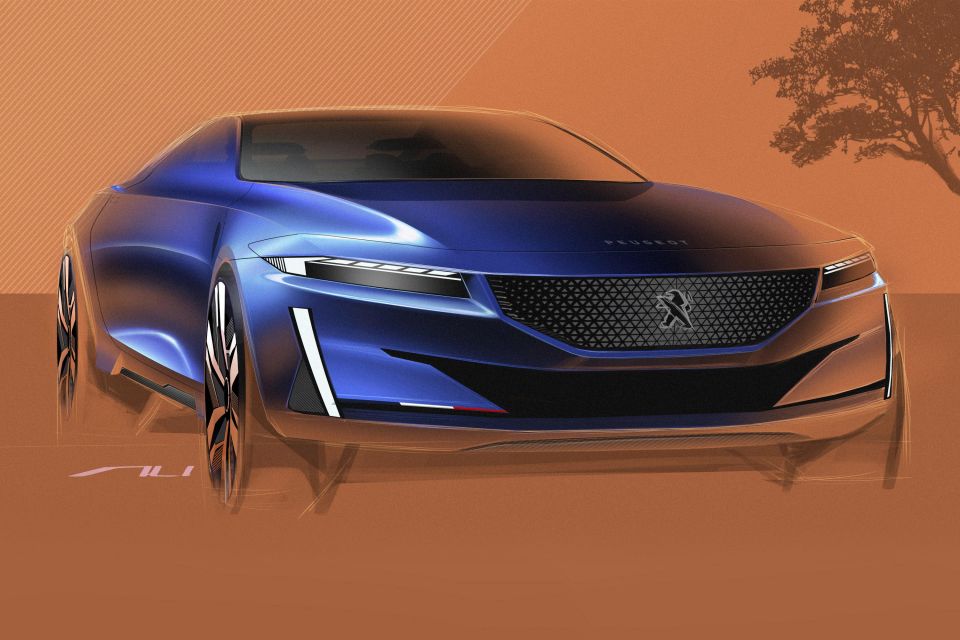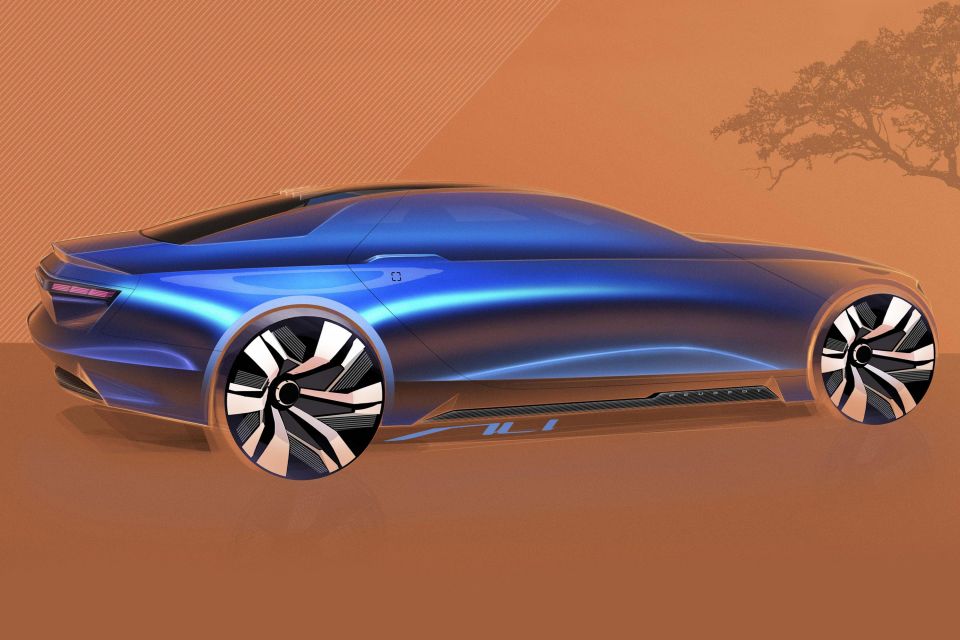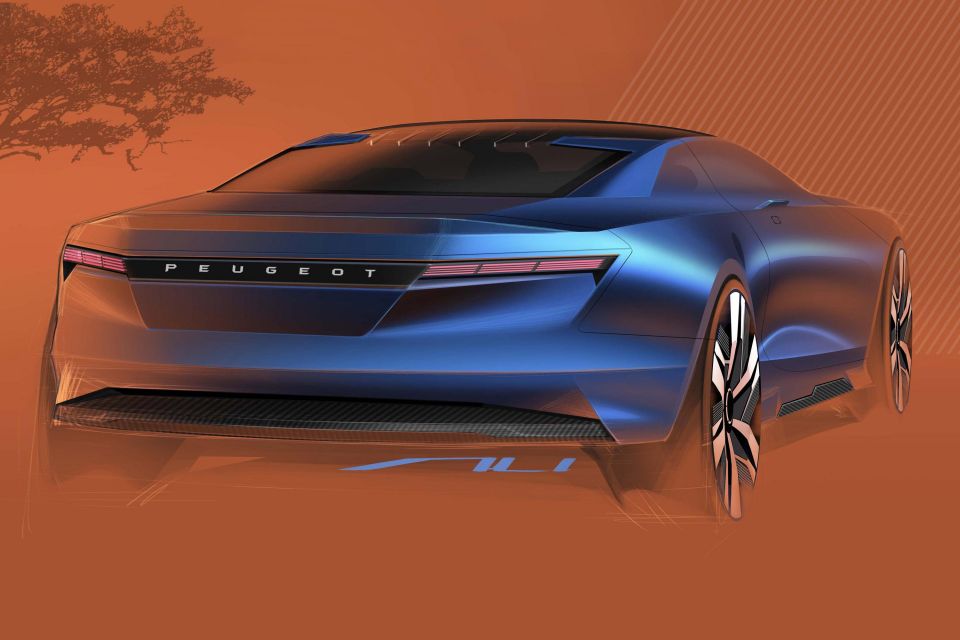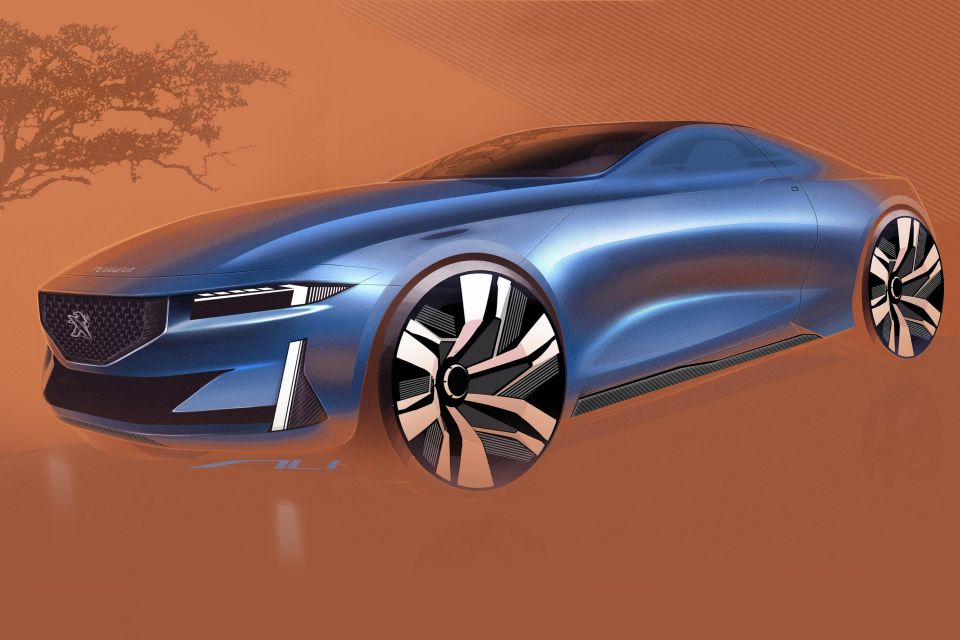

William Stopford
Every SUV, ute and van discontinued in Australia in 2025
22 Minutes Ago

Design Contributor
Ali Shoghmojaradi is a car designer from Bushehr, Iran. As long as he can remember, he has been sketching cars and making scale models with play-dough.
In 2018 he graduated from the Industrial Design course at the Iran University of Science and Technology. Then he moved to the USA and, in 2021, he will complete his Masters in Transportation Design at the College for Creative Studies.
He has already worked in several automotive design projects internationally, including an autonomous concept car for an OEM, the facelift for the Hycan+ electric SUV and various tuning kits.

The Peugeot Palladium is one of the mini projects Ali did for his Masters course. The goal was to design a car for Peugeot brand to reenter the North America market in 2026.
A sporty two-door coupe was chosen, merging elements from the current Peugeot design language with a muscular body. The project was supposed to include a clay model, but its creation was postponed due to the pandemic.
“The idea for this Peugeot was to borrow design cues from muscle cars, something that popped into my mind after the rumours of PSA and FCA merger. Therefore the style is pure and tries to be bold and strong,” says Ali.
At the front, we can see a few design elements borrowed from the 508 (2018), like the low nose and the hexagonal grille housing the lion emblem. The LED headlights have an elongated shape, and while they still feature vertical extensions (Peugeot’s signature design element), they are divided by a small ribbon on the bumper.
The lower air intake has a similar shape to the 308 (2013) and 208 (2019) and is decorated with the colours of the French flag on the left side. The strong dynamic lines of the bonnet merge with the a-pillars of the inclined front windshield.

The profile is characterised by rear-wheel drive proportions, with a long bonnet, large-diameter wheels, huge doors, invisible body-coloured side windows, coupe-style roofline, and a long rear overhang.
The simple character line flows from the headlights all the way to the taillights forming a clear connection with the european coupe models of the past. The wheel arches are highlighted in a delicate, yet muscular way, with the heavily sculpted bodywork above the sporty side sills featuring carbon-fibre inserts.
As Ali describes it: “Peugeot has a very sensitive design focused on the details, in contrast with American car brands which are bold and strong. So Palladium is an incorporation of both, by staying bold and strong in volume and silhouette and incorporating sensitive lead-ins and sensual flow and trajectories for the details.
“For instance the shoulder is an ever slight swept line from the headlight to the taillight, but under that, to support the muscle, there is a big volume which emphasises the muscle.”

The tail consists of three vertical and three horizontal faces with tight radiuses on the edges for a dynamic look. The slim, parallelogram taillights have three groups of LED graphics reminiscent of Peugeot’s tiger-claw look in a subtle way. Between them there is a black bar with Peugeot lettering.
Above, there is an integrated rear spoiler and a heavily inclined rear windshield merging with the glass roof through aerodynamic fins.
The rear bumper has a simple look forming a visual connection with the profile, and featuring carbon fibre inserts. The lack of visible exhaust pipe is a sign of electrification – an obvious move for a car designed with 2026 in mind.

The Palladium is a very cool concept of a premium coupe from Peugeot. The classic two-door, three-box silhouette is modernised in a beautiful way, with a muscular yet elegant bodywork.
Ideally, a car like this would be combined with an all-electric platform and rear-wheel drive, helping Peugeot establish itself in the premium field.
Unfortunately, Groupe PSA has no intention of adding a coupe in its brand portfolio after the demise of the RCZ (2009-2015), as the sales volume of such a car wouldn’t be enough to justify the high development costs. Instead, it is focusing on electrification, autonomous driving, and 5G connectivity.
Their current range consists of popular segments like SUVs, compact, and sub-compact cars, leaving the Peugeot 508 for the few people who prefer low-slung cars with sexy proportions and aggressive looks.
The French automaker is indeed planning a return to the North American market sometime until 2026. However, we believe that this is more likely to happen with plug-in hybrid or fully electric versions of SUVs – like the next generations of the 3008 and 5008 models.
If you liked the Peugeot Palladium, you can find more examples of Ali’s work on his Instagram.
The Peugeot Palladium was independently designed by Ali Shoghimojarad for show purposes as a free-time project, and is not associated with Peugeot.
Where expert car reviews meet expert car buying – CarExpert gives you trusted advice, personalised service and real savings on your next new car.


William Stopford
22 Minutes Ago


Ben Zachariah
1 Hour Ago


Derek Fung
2 Hours Ago


Matt Campbell
8 Hours Ago


William Stopford
1 Day Ago


Josh Nevett
1 Day Ago